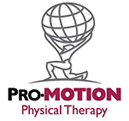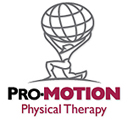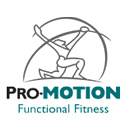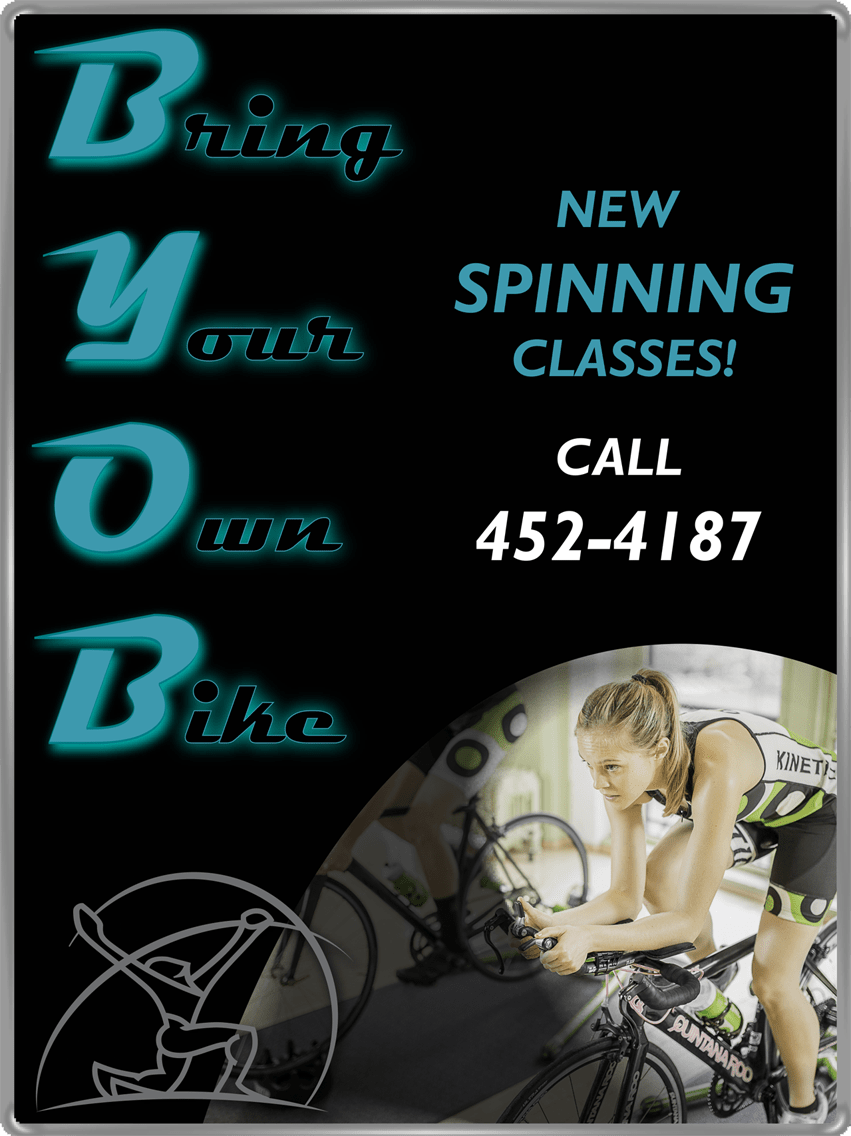FROM THE PROMOPT BLOG
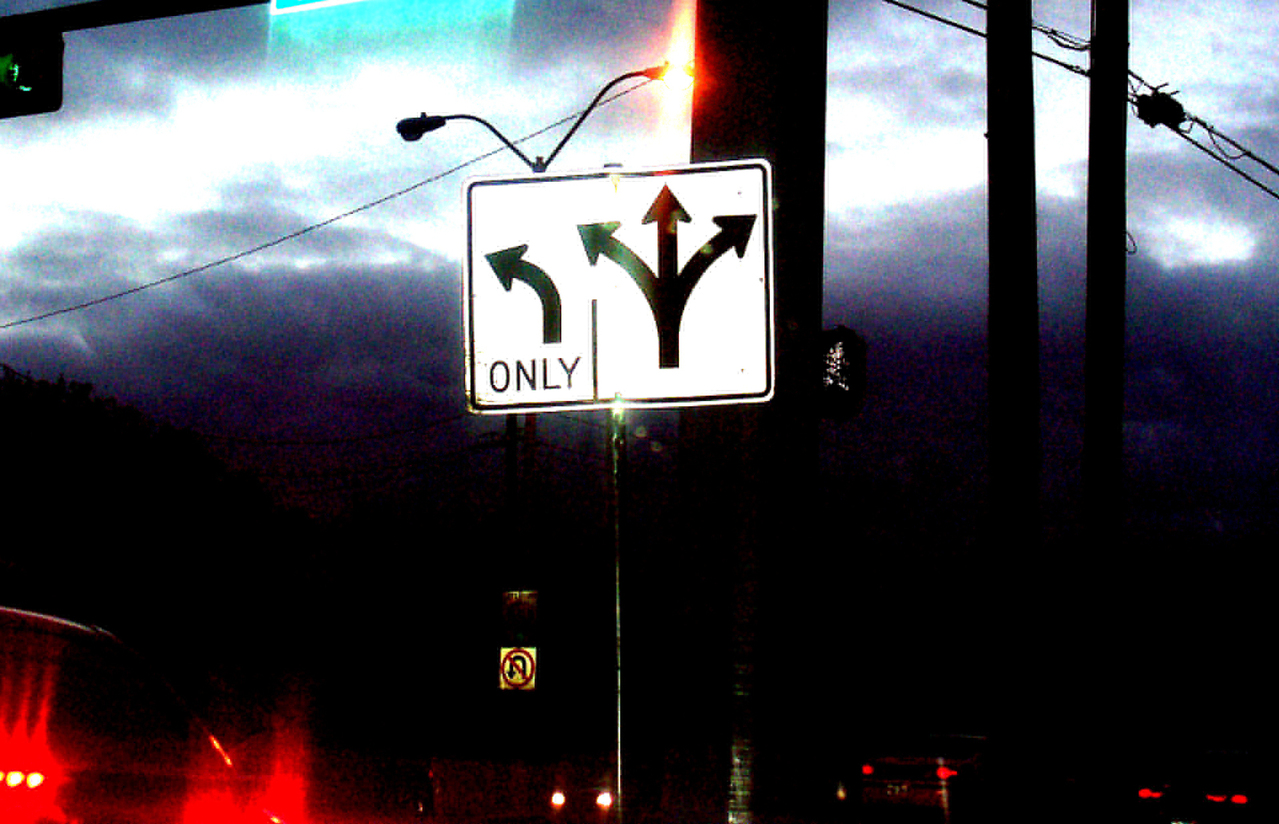
Leadership guru Stephen Covey once said there are three constants in life; change, choice and principles. Change is a constant in life. People, places and things are always changing. Choice, and the choices we make, can have a major effect on the changes that result. Both of these are related to principles. In the case of Covey’s work, he meant that life is, and can be, influenced by certain natural laws. Knowledge and respect for these laws can influence our choices and optimize change.
Your health is often times based on the choices you make. What we know from research, is that the opportunity to improve your health is often not a motivator because it lacks a connecting relationship to wants and needs. Let’s pursue the Covey tenets. Change will occur; as we age, the body changes. The principles of physiology and aging create the change. Each of us has the opportunity to alter the change, but that is a choice.
In America, freedom has always been a huge part of who we are. With freedom comes an individual push for maximizing what is good for us. But, good is an individual preference. It is based on our belief in our freedom to choose. The pathway to maximizing freedom is often thought to lie in having a maximal amount of choices.
This line of thinking is on display all across the American market place. Burger King says, “Have it your way.” Harley Davidson believes, “American by birth, rebel by choice.” Choosing, and the right to choose, is part of the American way. We choose which shows to watch, what to wear, the cut and color of our hair, what to eat and who to vote for. The pathway to maximizing freedom is often thought to lie in having a maximal amount of choices. Life often hinges on two parallel challenges; fate and chance. Fate is something pre-determined like the circumstances of our birth, where we live, our parents, and our genetic makeup. You have no control over fate. Then there is chance.
Is life a game of chance? Do you roll the dice based on a set mathematical formulas or probabilities? You have odds if you know the game, but in the end it is luck of the dice and a bit of guile. Chance is an iffy proposition. Fate and chance are about the probabilities.
I will use health as a metaphor for how these ideas can influence your life. It has long been thought that your overall health is a matter of genetics. In other words, deep in the nucleus of every cell in your body lays the blueprints for who you are. In this model, your fate is determined by your genetic makeup. Your genes create the probabilities. It has been pre-determined. Cancer, heart disease, strokes…longevity is a matter of fate. Accidents are a matter of chance.
The Human genome project disappointed many scientists as they thought there would be over 100,000 pieces of genetic information. With this information, scientists thought they would discover the causes in the blueprint that created many of our diseases. Knowing the genetic cause would give them a chance to find cures based on altering the blueprints and turning off the genetic switch that was creating them. Turns out there were only about 30,000 pieces of information and we are not as complex as was thought.
In the last 20 years a new science has emerged called epigenetics. Epi means above, so, above genetics. There are receptors on the outer covering of your cells (membrane) that are sensitive to the environment outside of the cell. These protein receptors act like antennae tuning in to the hormones, nutrients, stressors and oxygen flowing around them. They gather information from their surroundings and bring it in to the cell. This information tells the body what part of the DNA should be read. Our genetic makeup loads the gun, but the environment around the cell…the stressors, molecules, nutrients and beliefs we hold determine which parts of the genetic makeup is copied. Your genetics may hold the intention regarding what kind of person you will be, but the environment you live in creates the action. In other words, the genes hold the probabilities, but the environment creates the possibilities. Possibilities can trump (no pun intended) the probabilities.
I’ve always been interested in what makes people different from each other. The way we act, the way we behave – some people are optimistic, some are pessimistic. What produces that variation? Why do some people rise above what appears to be insurmountable constraints to meet their goals, while others with every available opportunity fail to thrive? Can your thoughts alter your health?
In her book Mindset, author and Stanford professor Carol Dweck writes about how your mindset affects your performance. Dweck and her colleagues research shows that our beliefs about ourselves not only permeate every part of our lives, but affect our potential. How you think about yourself alters how you perform. Your beliefs alter your outcomes and can create probabilities or possibilities. Your mindset is the view you have of your own qualities and characteristics; not only what they are, but where they come from. A fixed mindset is the belief that your qualities were pre-determined and that characteristics such as intelligence, temperament, athleticism, personality and creativity are fixed traits rather than something you can develop. A growth mindset is a belief that the same basic qualities can be acquired and cultivated. We all may differ in base level characteristics, but every one of them can be improved with work, practice and effort. Nothing is fixed.
Does your mindset influence how you make decisions and the outcome of those decisions? It turns out they do. This graphic from Nigel Holmes illustrates the differences.
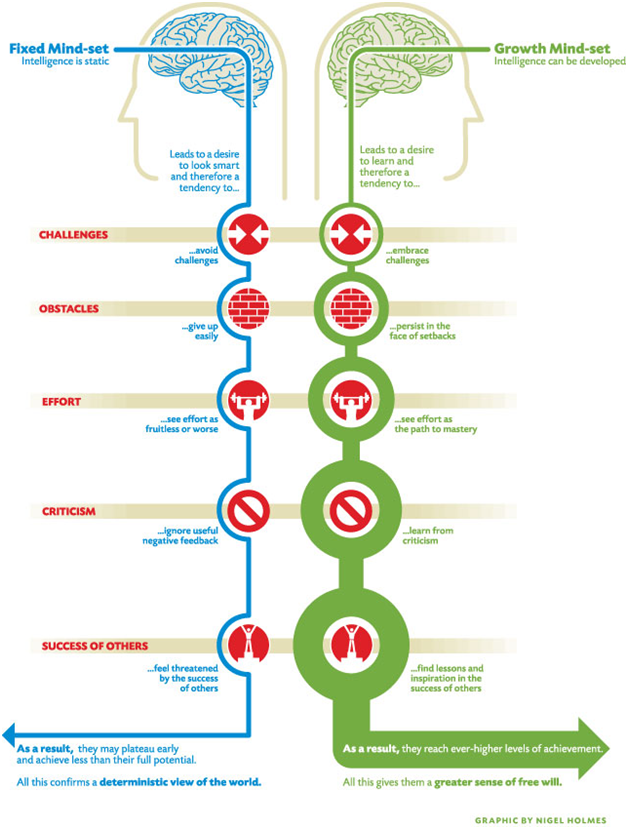
Your choices influence your life. A fixed mindset can preset the probability curve for you. By shifting over to a growth mindset you create new possibilities. With a growth mindset and a belief in what is possible, we reduce the probability of a certain outcome and introduce possibility.
I recently experienced the probability vs. possibility argument in medicine. A close friend of mine was very sick with a congenital heart problem. His surgeon stated that he would consider doing surgery if he got stronger. The hospitalist in charge of the case decided that the “probability” was, based on research and his experience with cases of this nature, that he was going to die. He was sent home. In medicine, often times the patient ends up fulfilling the probability outcomes they are assigned. A living self- fulfilling prophecy where the prophesy of probability is made by someone else. What about his possibilities? The probability curve sets up like the old bell shaped curve (graph 1).
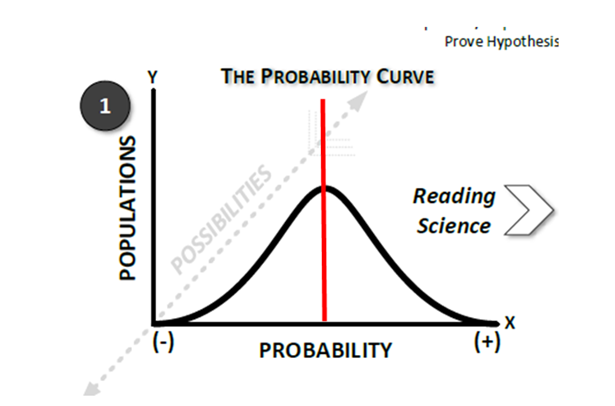
Statistical information creates a plot of points. With a mathematical equation a mean is set (red line) which represents the average position of all the points. Was he really better off with the probability curve? ‘Well Mr. X, we have looked at the research and the chances are that you will not make it.’ That kind of probability often impacts how someone goes forth living.
On the other hand, if my friend was given the information in a different way (see graph 2), his outcome might have been different. ‘Mr. X, if you can get stronger, change your lifestyle, and focus on a specific regimen, there is a possibility that you could have the surgery and live.’ Living the possibilities shifts the probability curve and creates the opportunity for change based on choice, growth and potential. The possibility curve comes off the page. It represents the unknown and what could be. This approach can push the probability curve to the right making the probable improbable and the impossible possible.
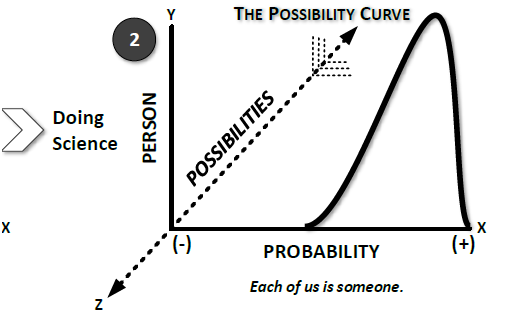
Check back next week for the second part of this blog as we focus more on choice overload, assumptions and how to be an effective choosy chooser.
